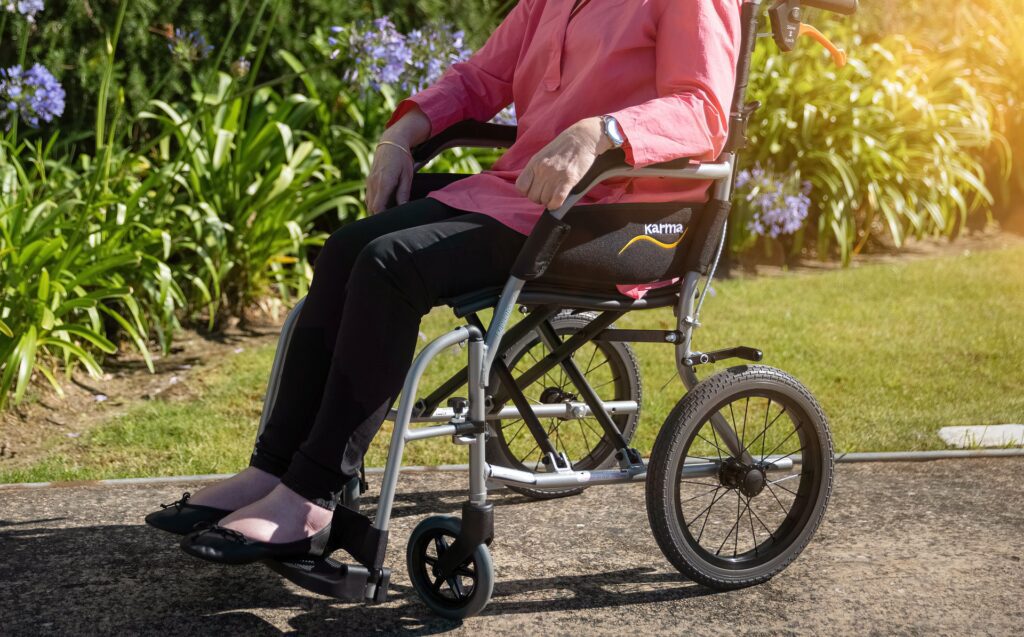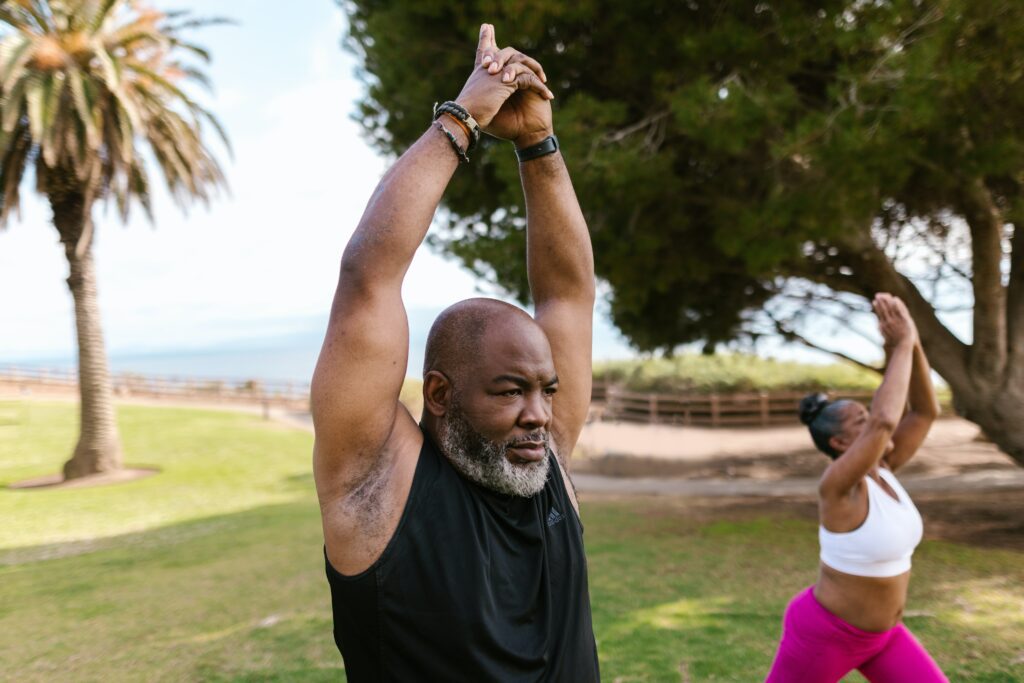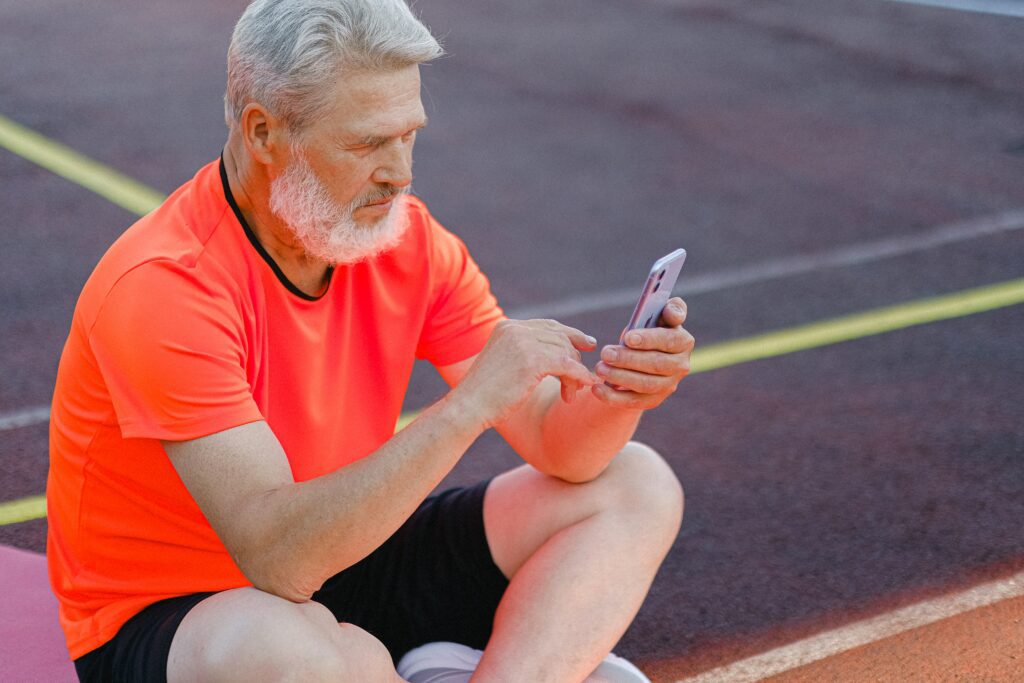What Is The Most Stable Assistive Device for Older Adults?
Your specialist could suggest one or more assistive technology devices that have been demonstrated to avoid falls and injuries and maintain your mobility—if you’re recuperating from an injury or surgery, battling with arthritis, experiencing difficulties with your balance, or any of these conditions. Use them, don’t let pride or vanity stop you.
A variety of mobility equipment may be used to help older persons navigate taking part in daily activities safely and effectively. Moving around their house and neighborhood is essential to continue participating in worthwhile activities.
The tools and examples of mobility aids that can help you be more independent in your daily activities are provided below.
Instruments To Retain Your Movement
Managing an older adult’s mobility, getting around your house and neighborhood easily, staying in touch with family members, and staying active in the world can protect your independence.
When you start looking for an assistive device, you might be startled by the options available. Regardless of the type suggested for you, “fitting” requires professional assistance if you want to use it securely and comfortably.
Canes
Canes come in a wide variety of styles.
- Quad Cane
A quad cane is more helpful for someone with more instability because it provides a larger base of support and stability. Using quad canes often necessitates walking slower, which may be advantageous if your gait and balance are compromised.
- Freestanding cane
You can buy a freestanding cane like the one seen or only the end to put on the bottom of a single-point cane. The capacity to have the cane stand on its own is the main benefit of this kind of cane.
- Regular canes
These typically have a curved or T-shaped handle, as well as various grips and tips. They don’t carry much weight, but they help aid with balance.
- Canes with many legs and tripods
These canes can stand while not in use thanks to their robust bases, which provide lots of support. They are incredibly helpful in removing weight from a sore or wounded leg, but they will make you move more slowly.
- Angled canes
An offset cane has an outward-bent upper shaft, and its handle grip is typically flat. Weight is shifted from the wrist to the forearm via the design. It is a wise option for those with weak grips or requiring a cane to support the extra weight.
The manner you walk with a cane will be much the same regardless of the type. The cane should be positioned in front of you one step at first. Next, take a step with the opposite side or weaker leg, then another step with the other leg.
Walkers
A variety of walkers can be employed, such as four-legged walkers, two-wheeled walkers, and walkers with or without four wheels. Walkers often serve small distances. Those who need greater assistance with gait and balance than a cane can provide, such as those who have undergone joint replacement surgery.
The walker’s handles should be placed at hip level with your elbows slightly bent, just like a cane, and it should be adjusted to your height. The actions that should be taken when using a walker are followed:
- If the walker has four legs, raise it a few inches in front of you. If it has wheels, push the walker a few inches in front of you.
- Take a step forward into the walker with all its bases on the ground. You’re affected, or a weaker leg should take the first step.
- Step with the opposite leg after this, ensuring it is in front of the affected or weaker leg.
- Keep going while maintaining a straight posture and relaxed shoulders.
- Check that the brakes are locked before sitting or standing if your walker has a seat and you need to use it for a rest.
- Constantly watch out for the walker extending too far in front of you. To be secure and solid, keep it nearby.
The finest assistance comes from walkers. However, they also significantly modify your gait. Walkers might have wheels, legs, or a combination of both. Some contain seats so the user can take a break. You’ll need expert assistance finding a walker that fits well and learning how to use it because it is trickier than pulling a grocery cart.
Walking Poles
Trekking frequently involves using walking poles, which can give some stability and enhance posture, balance, and coordination. They can be useful for those who don’t require much support but want to lessen the strain on their knees and hips.
They might be a wise choice, for instance, if you have arthritis but are generally mobile. Even if you don’t have any movement issues, they are useful for trekking.
Must Read: Equipment Used For Easy Mobility
What is assistance with mobility? The advantages of mobility devices
Mobility assistance could be helpful if you wish to live your everyday life more comfortably and safely or if you feel there is something you are unable to accomplish due to your condition. Once you realize that you need to be more mobile, you may determine which tool or gadget will work best for you.
For persons who have trouble getting around, such as the elderly, injured, or paralyzed, mobility aids are perfect. They provide lots of freedom and advantages, like:
- Increased safety and independence by lowering the risk of falls and enabling users to go about without a caregiver.
- Enhanced stability, aid with overall weakness, better balance, and gait.
- Increased community involvement since users can interact safely in their surroundings.
Exercises For Balance and Coordination For Seniors
We all assume that there is balance in our lives. Although the idea of losing our balance is terrifying, we must consider it an inevitable aspect of aging. Inactivity is a major factor in the balance’s collapse.
These straightforward yet dynamic balance exercises can help, and they don’t need a lot of equipment. You can create a successful balancing training regimen for yourself at home with the assistance of experts.
Although you can perform most balance exercises with only a chair, a rail, or a countertop, adding in some basic exercise equipment can add some fun and help you get the most out of a workout. If an activity isn’t demanding enough, using modest weights or resistance bands might assist in building muscle and adding interest.
- Tightrope Walk
- Raising the Back Leg
- Wiggling Wand
- Shoulder Rolls
- Lunges
- Leg Stretches
- One-Legged Stance
Final Thoughts: Configure Your Assistive Technology
It’s crucial to pick a mobility aid that fits your specific needs, gets you where you need to go, and captures your distinctive personality if you’re a person who uses one.
Mobility aids today are available in a wide range of styles and configurations. Finding a mobility gadget you can be proud to own is now simpler than ever for adults.
Further Readings
Thinking of Buying A Wheelchair? Aspects to Remember When Purchasing Your Wheelchair






